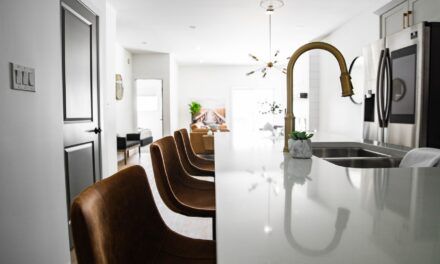According to Workthere.pl latest Flexmark report, larger companies (101+ people) and scale ups (21-100 people) now account for 54% of global flexible office members, compared with 42% of members last year. The flexible office specialist notes that this increase is also reflected in take-up levels with these larger companies accounting for 34% of global take-up in flexible offices, compared to 22% in 2022 and just 13% in 2020.
Cal Lee, Global head of Workthere, says: “Broader economic challenges have made longer term real estate decisions harder for many larger businesses, and as such, many have looked to flexible workspace as a short and even long term solution in parts of their portfolio. We are also seeing these firms recognising the wider benefits of flexible office space and this, in turn, has had a direct impact on take-up in the sector. Looking ahead, we anticipate larger firms will continue to be a significant occupier in the flex market.”
Workthere also notes that flexible office occupancy (by contract) levels have remained stable over the last 12 months for both private and shared offices. Private office occupancy on a global scale is currently at 83% in comparison to 81.4% prior to the pandemic. Shared office occupancy is at 70.5% which is above the level seen in the first Flexmark report published in 2020 of 60.2%. Private office occupancy in the UK and Asia had the highest average occupancy at 85% and 87.5% respectively with both of these markets seeing a quicker return to the office following the pandemic.
Cal Lee continues: “Despite significant headwinds across the global economy and numerous headlines on the performance of WeWork, the data in this report shows that the flexible office sector has remained largely resilient. Last year we saw occupancy (by contract) re-bound to the levels seen pre-pandemic and this year they have remained stable with tenants demanding space with more phonebooths and internal meeting rooms as hybrid working grows.”
With regards to occupiers themselves, the report offers an insight into the global demands from flexible office members and shows that meeting rooms and phone booths are the top two customer demands ranking at 28% and 24% respectively. Standing desks and collaboration space also continue to be key requests when choosing a space at 10% and 12% respectively.
Looking ahead, Workthere’s research reveals that 14% of providers believe that the growth of management agreements will be the largest change to the flexible office space over the next five years. This was followed by the growth in online bookings and spaces centred on lifestyle and design from 11% of providers. This is an interesting contrast to 2022, which saw zero-carbon offices ranked by providers as the number one theme expected to have the biggest impact on flexible offices.
Thomas Jodar, Associate Director, Savills, Workthere Project Lead Poland, says: “In the flex market in Poland, standard lease agreements still prevail. Operators sign them with building landlords for 7-10 years, but then sublease these spaces to companies for shorter periods – on average about 12 months. However, new business models are now emerging, such as companies that connect building owners with operators, where they share the profit remaining after the operator pays a minimum rent. This solution allows for the reduction of risk for operators or for sharing it with the landlords.”


























